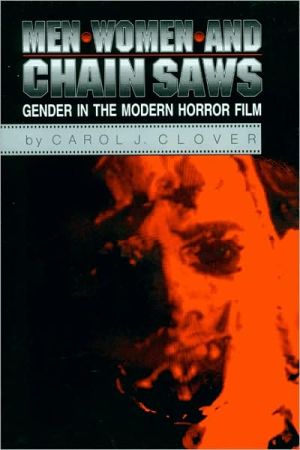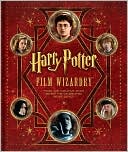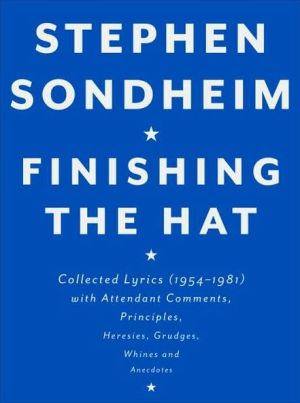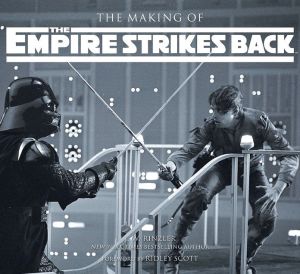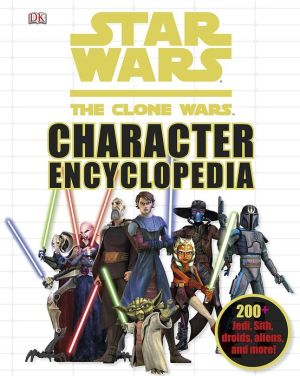Men, Women, and Chain Saws: Gender in Modern Horror Film
Do the pleasures of horror movies really begin and end in sadism? So the public discussion of film assumes, and so film theory claims. Carol Clover argues, however, that these films work mainly to engage the viewer in the plight of the victim-hero, who suffers fright but rises to vanquish the forces of oppression.\ Clover, a medievalist, had written extensively on the literature and culture of early northern Europe, especially the Old Norse sagas. From her expertise in formulaic narrative...
Search in google:
Do the pleasures of horror movies really begin and end in sadism? So the public discussion of film assumes, and so film theory claims. Carol Clover argues, however, that these films work mainly to engage the viewer in the plight of the victim-hero, who suffers fright but rises to vanquish the forces of oppression.Clover, a medievalist, had written extensively on the literature and culture of early northern Europe, especially the Old Norse sagas. From her expertise in formulaic narrative grew her interest in contemporary cinema, which is, after all, yet another form of oral storytelling. Men, Women, and Chain Saws investigated the appeal of horror cinema, in particular the phenomenal popularity of those "low" genres that feature female heroes and play to male audiences: slasher, occult, and rape-revenge films. Such genres seem to offer sadistic pleasure to their viewers, and not much else. Clover, however, argued the reverse: that these films are designed to align spectators not with the male tormentor, but with the female tormented--with the suffering, pain, and anguish that the "final girl," as Clover calls the victim-hero, endures before rising, finally, to vanquish her oppressor.The book has found an avid readership from students of film theory to major Hollywood filmmakers, and the figure of the final girl has been taken up by a wide range of artists, inspiring not just filmmakers but also musicians and poets. Publishers Weekly Clover contends that contemporary horror films are not simply the misogynist fantasies that critics have made them out to be. Photos. (Apr.)
\ Sight and Sound[A] brilliant analysis of gender and its disturbances in modern horror films. . . . Bubbling away beneath Clover's multi-faceted readings of slasher, occult, and rape-revenge films is the question of what the viewer gets out of them. . . . [She] argues that most horror films are obsessed with feminism, playing out plots which climax with an image of (masculinized) female power and offering visual pleasures which are organized not around a mastering gaze, but around a more radical "victim-identified' look.\ — Linda Ruth Williams\ \ \ \ \ \ The Boston GlobeCarol Clover's compelling [book] challenges simplistic assumptions about the relationship between gender and culture. . . . She suggests that the "low tradition" in horror movies possesses positive subversive potential, a space to explore gender ambiguity and transgress traditional boundaries of masculinity and femininity.\ — Andrea Walsh\ \ \ The Modern ReviewFascinating, Clover has shown how the allegedly naïve makers of crude films have done something more schooled directors have difficulty doing - creating females with whom male veiwers are quite prepared to identify with on the most profound levels\ \ \ \ \ Sight & Sound[A] brilliant analysis of gender and its disturbances in modern horror films. . . . Bubbling away beneath Clover's multi-faceted readings of slasher, occult, and rape-revenge films is the question of what the viewer gets out of them. . . . [She] argues that most horror films are obsessed with feminism, playing out plots which climax with an image of (masculinized) female power and offering visual pleasures which are organized not around a mastering gaze, but around a more radical "victim-identified" look.\ — Linda Ruth Williams\ \ \ \ \ Sight and Sound[A] brilliant analysis of gender and its disturbances in modern horror films. . . . Bubbling away beneath Clover's multi-faceted readings of slasher, occult, and rape-revenge films is the question of what the viewer gets out of them. . . . [She] argues that most horror films are obsessed with feminism, playing out plots which climax with an image of (masculinized) female power and offering visual pleasures which are organized not around a mastering gaze, but around a more radical "victim-identified" look.\ \ \ \ \ The Boston GlobeCarol Clover's compelling [book] challenges simplistic assumptions about the relationship between gender and culture. . . . She suggests that the "low tradition" in horror movies possesses positive subversive potential, a space to explore gender ambiguity and transgress traditional boundaries of masculinity and femininity.\ \ \ \ \ Sight and Sound[A] brilliant analysis of gender and its disturbances in modern horror films. . . . Bubbling away beneath Clover's multi-faceted readings of slasher, occult, and rape-revenge films is the question of what the viewer gets out of them. . . . [She] argues that most horror films are obsessed with feminism, playing out plots which climax with an image of (masculinized) female power and offering visual pleasures which are organized not around a mastering gaze, but around a more radical "victim-identified' look.\ — Linda Ruth Williams\ \ \ \ \ The Boston GlobeCarol Clover's compelling [book] challenges simplistic assumptions about the relationship between gender and culture. . . . She suggests that the "low tradition' in horror movies possesses positive subversive potential, a space to explore gender ambiguity and transgress traditional boundaries of masculinity and femininity.\ — Andrea Walsh\ \ \ \ \ Sight and Sound\ [A] brilliant analysis of gender and its disturbances in modern horror films. . . . Bubbling away beneath Clover's multi-faceted readings of slasher, occult, and rape-revenge films is the question of what the viewer gets out of them. . . . [She] argues that most horror films are obsessed with feminism, playing out plots which climax with an image of (masculinized) female power and offering visual pleasures which are organized not around a mastering gaze, but around a more radical "victim-identified' look.\ — Linda Ruth Williams\ \ \ \ \ The Boston Globe\ Carol Clover's compelling [book] challenges simplistic assumptions about the relationship between gender and culture. . . . She suggests that the "low tradition' in horror movies possesses positive subversive potential, a space to explore gender ambiguity and transgress traditional boundaries of masculinity and femininity.\ — Andrea Walsh\ \ \ \ \ The Modern Review\ Fascinating, Clover has shown how the allegedly naïve makers of crude films have done something more schooled directors have difficulty doing - creating females with whom male veiwers are quite prepared to identify with on the most profound levels\ \ \ \ \ Publishers WeeklyClover contends that contemporary horror films are not simply the misogynist fantasies that critics have made them out to be. Photos. (Apr.)\ \
